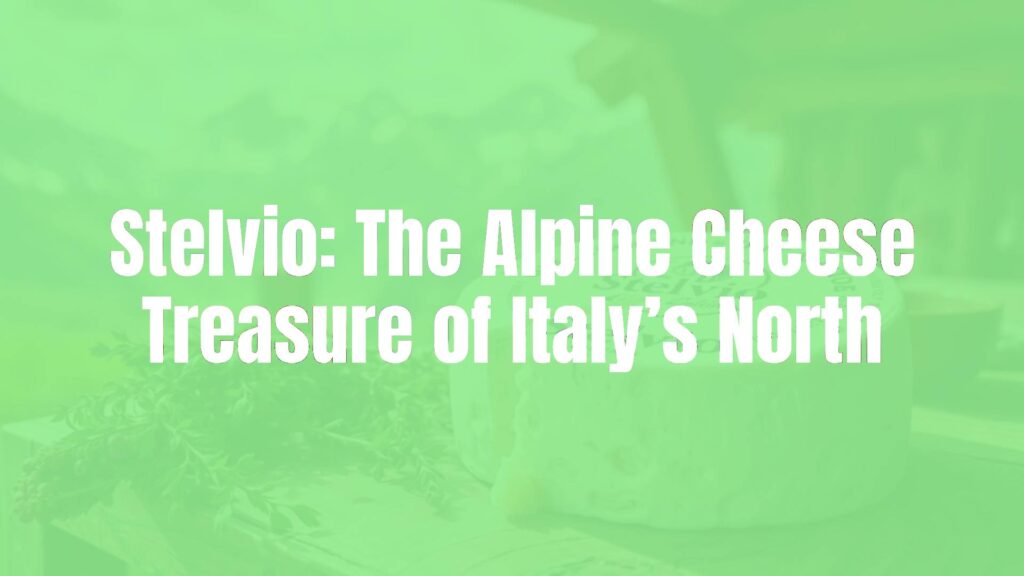Introduction to Stelvio Cheese
Stelvio, also known as Formaggio Stelvio or Stilfser, is a celebrated semi-soft cow’s milk cheese hailing from the Alto Adige (South Tyrol) region in northern Italy. Distinguished by its protected designation of origin (PDO) status since 2007, this cheese stands out with its rich flavor, supple texture, and unmistakable aroma. Its name pays homage to the iconic Stelvio Pass, one of the highest alpine roads in Europe—an apt symbol for its local heritage and elevated quality.
Distinctive Qualities
Stelvio is easily recognized by its washed, reddish-brown rind and irregular, small holes dotting a pale yellow interior. It is semisoft, sliceable, and typically matured for at least 60 days. Its flavor profile offers a balance of delicate milky notes, pleasant acidity, and a distinct yet not overpowering aromatic presence. The texture is smooth, yielding, and creamy, making it appealing whether served on its own or as part of a culinary creation.
Historical Perspective
This cheese boasts a legacy intertwined with the traditions of the Tyrolean Alps. Originally crafted by local mountain dairies aiming to preserve surplus summer milk, Stelvio played a vital role in rural sustenance and regional identity. Over centuries, it has evolved from a farmers’ staple to a gourmet product, continuously produced according to time-honored methods and deeply cherished by the communities of Alto Adige.
Production Practices
Stelvio PDO must be made from fresh, unpasteurized cow’s milk sourced from local breeds grazing on Alpine pastures. The cheese undergoes a careful process of curdling, cutting, and pressing, followed by a specific brining period—often 24 hours. During its maturation, cheese wheels are regularly washed with brine, contributing to both the formation of the characteristic rind and the unique aromatic profile. These aged wheels can weigh between 2.5 to 4.5 kilograms each.
Pairings and Popular Uses
Stelvio’s creamy, aromatic nature lends itself to a diverse range of culinary applications. Locally, it is enjoyed simply sliced with rye bread, or as part of Brettljause—the traditional Tyrolean snack platter pairing cold cuts, pickles, and rustic bread. It melts exceptionally well, making it a flavorful choice for fondues, gratins, or to enrich hearty polenta and rustic pies. Stelvio also pairs beautifully with robust mountain wines such as Lagrein, Schiava, or even a crisp lager for a classic alpine experience.
Cultural Significance and Regional Variations
As a signature cheese of Alto Adige/South Tyrol, Stelvio is more than just a dairy product; it is a cultural symbol embracing the alpine lifestyle. It appears in regional feasts, food festivals, and family gatherings, and remains a proud element of the area’s gastronomic repertoire. While production is tightly regulated to safeguard authenticity, local dairies sometimes introduce slight variations in aging time or milk blend, resulting in subtle differences in taste and texture.
Serving Suggestions and Enjoyment
To savor Stelvio at its best, allow it to come to room temperature prior to tasting, allowing its aromas to fully develop. Serve on a cheese board alongside dried fruits, nuts, and honey to highlight its rich flavor. Alternatively, include it in traditional mountain dishes, where its gentle melt and robust taste uplift local recipes. Stelvio invites both simple enjoyment and culinary creativity, offering a genuine taste of Italy’s alpine heartland.

